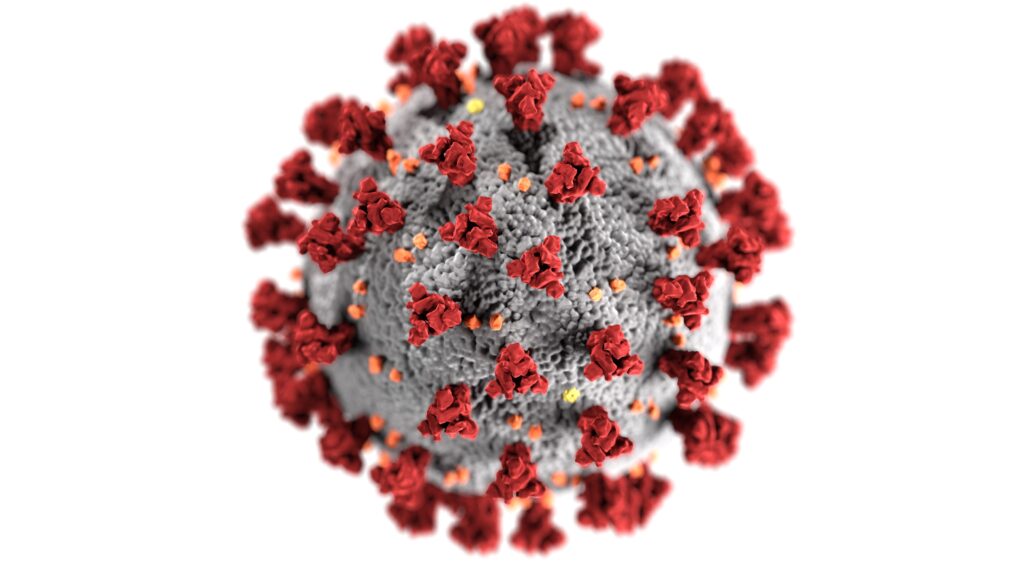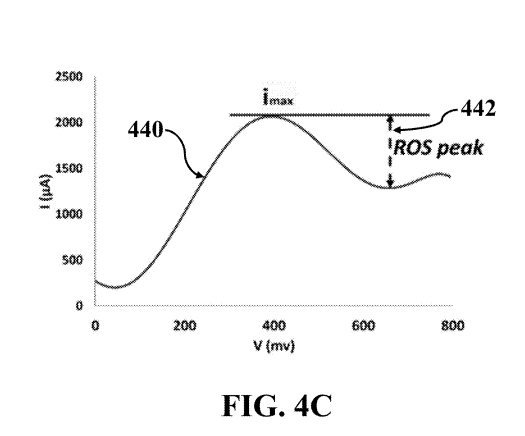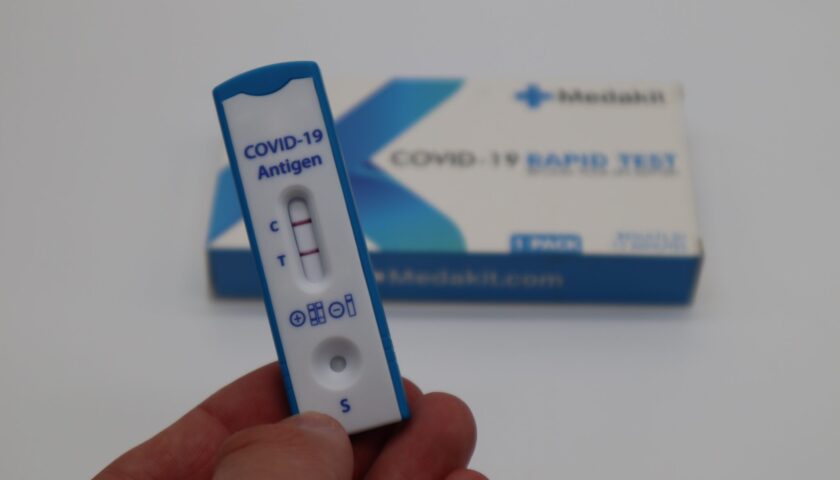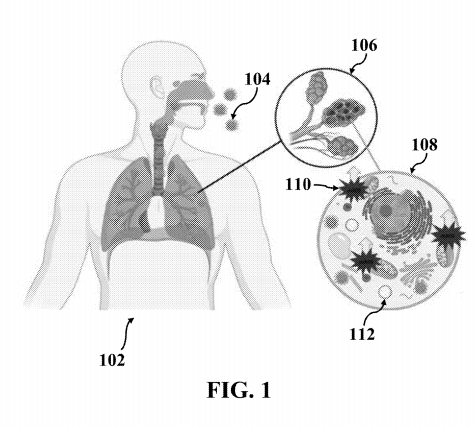In November-December 2019, a novel coronavirus called SARS-CoV-2 (the Severe Acute Respiratory Syndrome Coronavirus 2) resulted in the outbreak of COVID-19, a respiratory illness. COVID-19 is a deadly disease caused by a newly discovered coronavirus. It is believed that the coronavirus originated in bats and was transmitted to humans in Wuhan Hubei province, China, in December 2019. However, the World Health Organization only declared it a Global Pandemic in March 2020. Till then, a hundred and eighteen thousand cases were reported in a hundred and fourteen countries, and 4,291 fatalities had already occurred.
Coronavirus is an enveloped positive-sense RNA virus ranging from 60 nm to 140 nm in diameter with spike-like projections on the outer surface, with a crown-like appearance under the electron microscope, which gives it its name.

Transmission of COVID-19 occurs by inhalation or by contact with droplets from an infected person. Symptoms usually include fever followed by cough, breathlessness, sore throat, and fatigue. Sometimes body ache is also noticed in infected people. This disease is occasionally mild in some people, while it progresses to pneumonia, acute respiratory distress syndrome, and multi-organ dysfunction in some older adults. However, many infected people are asymptomatic also.
The impact of the outbreak has been pretty significant on clinical laboratories in the past several months. This has created many issues and challenges for the laboratory diagnosis of acute infections caused by coronavirus.
The patent application US20200340945A1, titled “Electrochemical approach for COVID-19 detection” granted to ‘Nano Hesgarsazan Salamat Aria’ discloses a method for diagnosing COVID -19 infection of a person. According to the patent application, the method includes acquiring a sputum sample from a person, measuring a level of ROS in the sputum sample, and detecting a COVID-19 infection status.

The method of measuring ROS level in the sputum includes a recording of cyclic voltammetry pattern (CV pattern) from sputum (mucus from throat and lungs) and measuring the current peak of the recorded CV pattern. A person is considered infected if his current peaks are more than 230 μA and not infected if the measured peaks are less than 190 μA. If the measured peak is between 190 μA and 230 μA, the person is advised to stay in quarantine for about a week or more, after which the test is repeated.


